It’s been said that all the promises of the information technology industry eventually come true. It’s also said that to see the future, you need to look to the past. And so it is that we look back to an article published in 2015 on CNET, showcasing a ‘tiny house of the future’.
Now, by no means am I advocating living in a house of any size other than the one that you prefer, whether now or in the decades to come. Most of us tend to choose our homes on the basis of multiple practical considerations, among which are price, location, size of family, and personal preferences – some of us like gardens, others prefer not to mow lawns.
The fascinating thing about this article is its description of the multiple technologies which make the home of tomorrow more livable and more convenient. And most of those things, which probably seemed revolutionary in 2015, are pretty standard today.
That gives pause for thought on just how rapidly ideas can go from concept to practical reality in today’s fast-moving environment.
For example, Intel introduces the notion of sensors capable of performing multiple actions in the home as an example of an Internet of Things (IoT) application.
IoT, of course, is a network of low-cost devices which can be attached to everyday objects so they can communicate ‘machine to machine’. Generally, this means simple data such as location or state; and that data is then used to improve efficiency or provide new insights.
Smart Locks
The smart home is considered one of the most prominent consumer use cases of IoT. And that’s exactly what the tiny home does, with its Smart Lock which recognizes a visitor to let them in the door while sending you a notification that the person has arrived. It automatically reports on various states of maintenance too, such as detecting a leak, advising you and suggesting the contact details of a plumber.
Smart Lighting
Lighting can be controlled by voice, including the color and tone of the bulbs and, when you leave, a single command can lock the whole place up, set the alarm, and turn those lights right off again.
Smart Speakers
Today, smart speakers like Google Home, Amazon’s Alexa and Apple’s HomePod are commonly encountered in many people’s homes. You most certainly can control your lighting using these devices. You can also play music, put on the TV and choose a show, project family albums on the big screen, find out how the weather’s looking and adjust the air-conditioning.
Smart Doorbells
Connected doorbells are far from unusual, with the ability to see who’s on the welcome mat from anywhere in the world.
Smart Home Security
Internet-enabled home security camera setups let you see inside your home even while on vacation on the other side of the world, or even if the delivery you’re expecting while at work has arrived.
All of that is plenty more than the functionality showcased in Intel’s tiny home of the future.
In fact, research by NPR and Edison reveals that by 2017, 39 percent of Americans had a smart speaker in their home, which was just a year after the introduction of Google Home, so it’s safe to surmise the percentage today is considerably higher.
With the sheer speed of home automation going from ‘future concept’ to present reality, it once again makes clear why it is so crucial to stay on top of what’s happening in the world. More specifically, it is essential that we keep track of developments which might directly affect our own business. That applies to us as a software provider (and it’s why we’re busy with developments like cloud hosted options and advanced customizability and why we believe in embracing change.
It’s also why it’s in your best interests to stay on top of advancements in manufacturing. After all, something which might seem outlandish and part of a future utopia could become stock standard in just a few short years.
